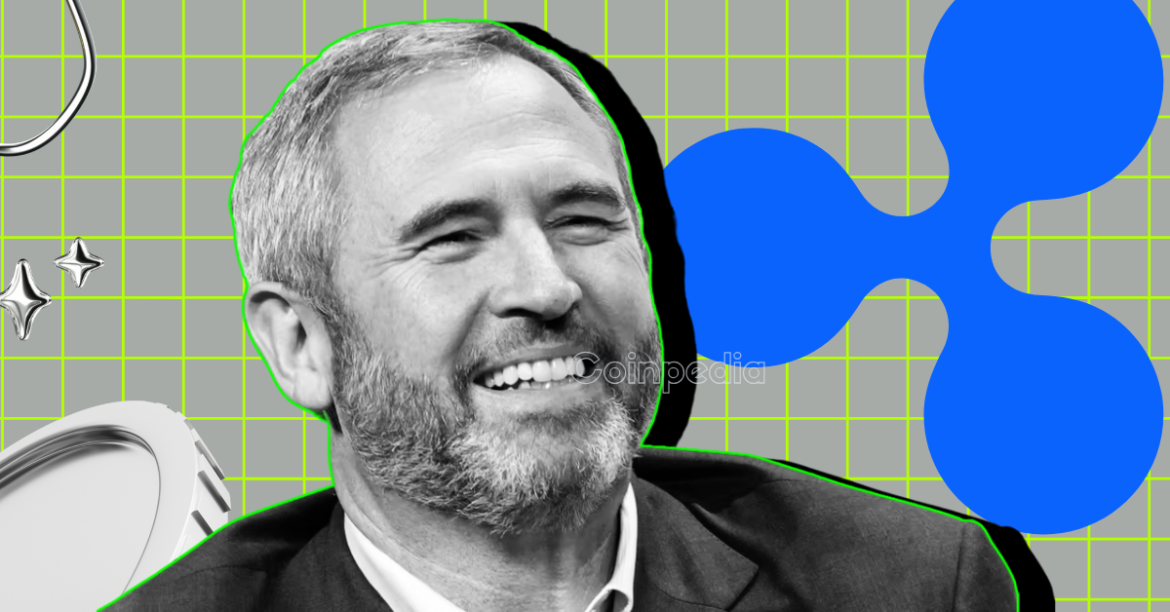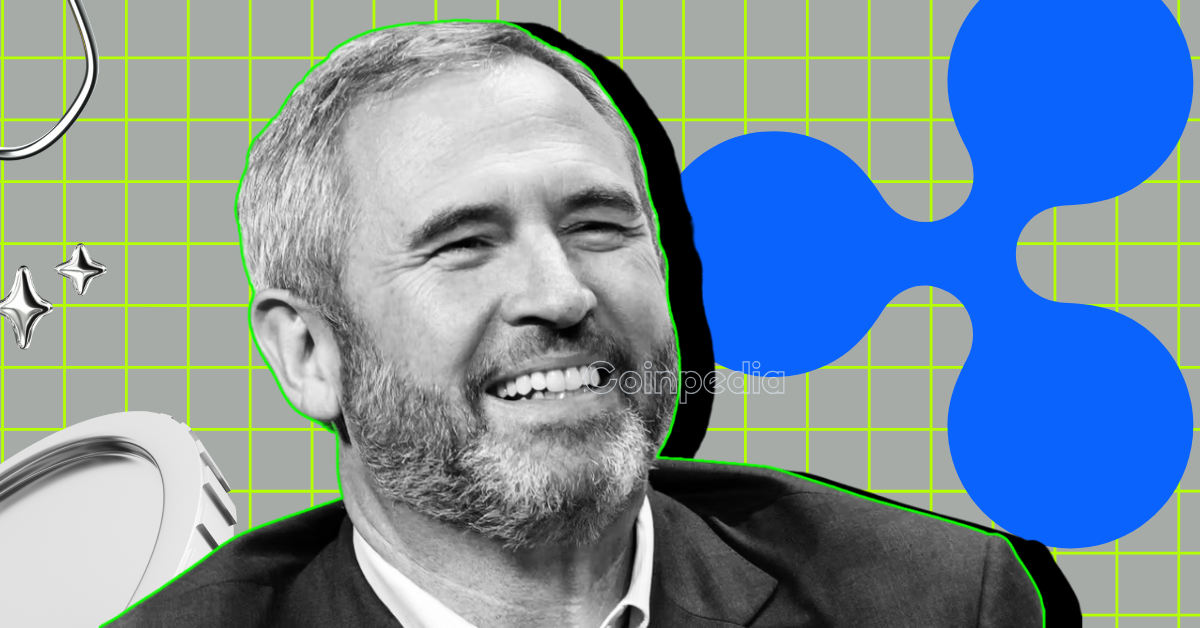The digital currency landscape in 2025 is a dynamic and evolving space, characterized by rapid innovation and regulatory uncertainty. Among the various digital assets navigating this terrain, XRP, the cryptocurrency closely tied to Ripple Labs, finds itself at a critical crossroads. After enduring a protracted legal battle with the U.S. Securities and Exchange Commission (SEC), XRP is poised for a pivotal moment that could define its future. This analysis explores the prospects for XRP gaining definitive legal clarity, particularly in light of Ripple CEO Brad Garlinghouse’s upcoming testimony before Congress. We will examine the implications of this testimony, the potential impact of the ongoing legal saga, and the broader outlook for XRP as it seeks to solidify its position in the crypto market.
The Legal Battle and Its Implications
The legal dispute between Ripple and the SEC has been a defining narrative for XRP. The SEC’s initial lawsuit, filed in December 2020, alleged that Ripple’s sale of XRP constituted an unregistered securities offering. This lawsuit cast a long shadow over XRP, creating regulatory uncertainty that influenced its price volatility, trading availability, and overall market sentiment. The legal battle has been a rollercoaster, with significant rulings and counter-rulings that have kept the crypto community on edge.
A key turning point in the lawsuit occurred when a federal judge ruled that XRP is not inherently a security. This ruling was seen as a major victory for Ripple and the broader crypto industry, offering some much-needed clarity. However, this ruling did not entirely resolve the matter, as the SEC continued to pursue claims related to Ripple’s institutional sales of XRP. The lawsuit’s resolution, whether through a settlement or a final judgment, is crucial for XRP. A favorable outcome for Ripple could remove the regulatory overhang, potentially leading to increased adoption and market stability. Conversely, an unfavorable outcome could further complicate XRP’s regulatory status and hinder its growth prospects.
Congressional Testimony: A Path to Clarity
Brad Garlinghouse’s scheduled testimony before Congress presents a unique opportunity for Ripple to directly address lawmakers and advocate for clearer crypto regulations. This testimony comes at a time when Congress is actively considering legislation to provide a comprehensive framework for the digital asset market. Garlinghouse’s testimony could focus on several key areas:
- Advocating for Regulatory Clarity: Highlighting the need for clear and consistent rules for digital assets to foster innovation and protect investors.
- Explaining XRP’s Functionality: Detailing XRP’s utility as a bridge currency for cross-border payments and its role in facilitating faster and cheaper transactions.
- Addressing SEC Concerns: Directly addressing the SEC’s concerns regarding XRP’s classification and advocating for a more nuanced approach to regulation.
- Promoting Innovation: Emphasizing the potential of blockchain technology and digital assets to drive economic growth and improve financial inclusion.
The impact of Garlinghouse’s testimony will depend on his ability to effectively communicate Ripple’s message and persuade lawmakers of the need for sensible crypto regulations. A strong and persuasive testimony could influence the direction of future crypto legislation and positively impact XRP’s regulatory outlook. It could also set a precedent for other digital assets, fostering a more favorable regulatory environment for the entire crypto industry.
XRP’s Potential in a Post-Clarity World
With the legal uncertainties potentially fading, XRP is poised to capitalize on its underlying technology and strategic partnerships. XRP was designed to facilitate fast and low-cost cross-border payments, offering an alternative to traditional banking systems. Its ability to settle transactions in seconds, compared to days for conventional methods, gives it a competitive advantage in the global payments market.
Several factors could contribute to XRP’s growth:
- Institutional Adoption: Increased adoption of XRP by financial institutions seeking to improve their cross-border payment capabilities. Ripple’s partnerships with major banks and financial institutions have already demonstrated the potential of XRP in this space.
- New Use Cases: Expansion of XRP’s use cases beyond payments, such as in supply chain finance or decentralized finance (DeFi) applications. The versatility of the XRP Ledger (XRPL) could open up new avenues for growth and innovation.
- Ecosystem Development: Growth of the XRP Ledger ecosystem, with more developers building applications and services on the platform. The XRPL’s low transaction costs and fast settlement times make it an attractive platform for developers.
- ETF Inflows: The potential for XRP-based Exchange Traded Funds (ETFs) to attract significant investment and increase market liquidity. The approval of an XRP ETF could be a game-changer, drawing in institutional investors and boosting market confidence.
However, challenges remain. XRP faces competition from other digital assets and traditional payment systems. It must also overcome any lingering negative sentiment stemming from the SEC lawsuit. Success will depend on Ripple’s ability to execute its strategy, build partnerships, and demonstrate the value proposition of XRP to a wider audience. The company’s track record of innovation and its commitment to regulatory compliance will be crucial in this regard.
The Broader Crypto Regulatory Landscape
XRP’s fate is intertwined with the broader regulatory landscape for cryptocurrencies in the United States. The lack of clear rules has been a major impediment to the growth of the crypto industry, creating uncertainty for businesses and investors alike. Congress is actively considering various legislative proposals to address this issue. These proposals aim to provide a comprehensive framework for regulating digital assets, covering areas such as:
- Security vs. Commodity Classification: Defining clear criteria for determining whether a digital asset should be classified as a security or a commodity. This distinction is crucial for XRP, as its classification has been a central issue in the SEC lawsuit.
- Exchange Regulation: Establishing rules for crypto exchanges to ensure fair trading practices and protect investors. Clear regulations in this area could boost market confidence and attract more participants.
- Stablecoin Regulation: Addressing the risks associated with stablecoins and establishing requirements for their issuance and operation. Stablecoins have become a significant part of the crypto ecosystem, and their regulation will have implications for the broader market.
- Taxation: Clarifying the tax treatment of digital assets to provide guidance for individuals and businesses. Clear tax rules could encourage more people to invest in and use digital assets.
The outcome of these legislative efforts will have a profound impact on the crypto industry, including XRP. Clear and sensible regulations could foster innovation, attract investment, and provide a level playing field for all participants. Conversely, overly restrictive or unclear regulations could stifle growth and drive innovation overseas. The crypto industry is watching closely to see how these regulatory developments unfold and how they will shape the future of digital assets.
A Future Forged in Clarity
The journey for XRP has been marked by legal complexities, regulatory uncertainties, and market volatility. However, with the potential resolution of the SEC lawsuit and the opportunity to advocate for clearer regulations before Congress, XRP stands at a critical juncture. The coming months could determine whether XRP can finally achieve the legal clarity it needs to thrive. If Ripple can successfully navigate these challenges, XRP is well-positioned to capitalize on its technological advantages and play a significant role in the future of global payments and the broader digital asset ecosystem.
The convergence of legal resolution, congressional engagement, and continued technological development paints a picture of cautious optimism for XRP. The digital asset has already demonstrated its potential as a bridge currency for cross-border payments, and its underlying technology offers numerous advantages over traditional systems. With the right regulatory framework in place, XRP could become a key player in the global financial system, facilitating faster, cheaper, and more efficient transactions.
In conclusion, XRP’s future hinges on several critical factors, including the resolution of the SEC lawsuit, the outcome of congressional testimony, and the broader regulatory landscape. While challenges remain, the potential for growth and innovation is significant. As the crypto industry continues to evolve, XRP’s ability to adapt and thrive will be a testament to its resilience and the vision of Ripple Labs. The road ahead is uncertain, but with the right steps, XRP could emerge as a leader in the digital asset space, shaping the future of global finance.





